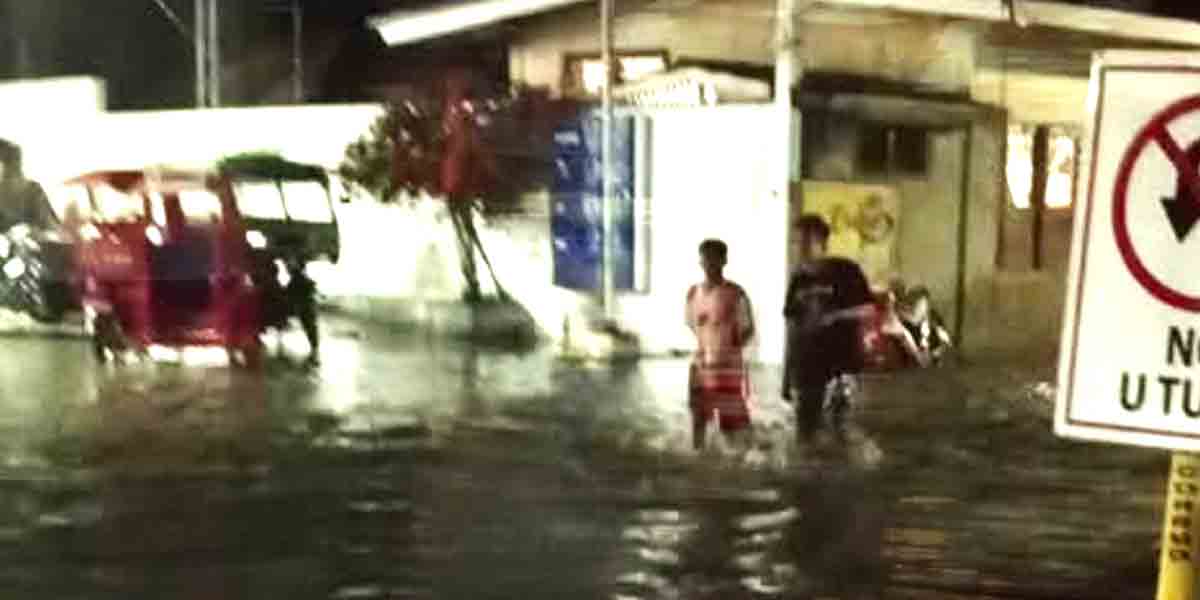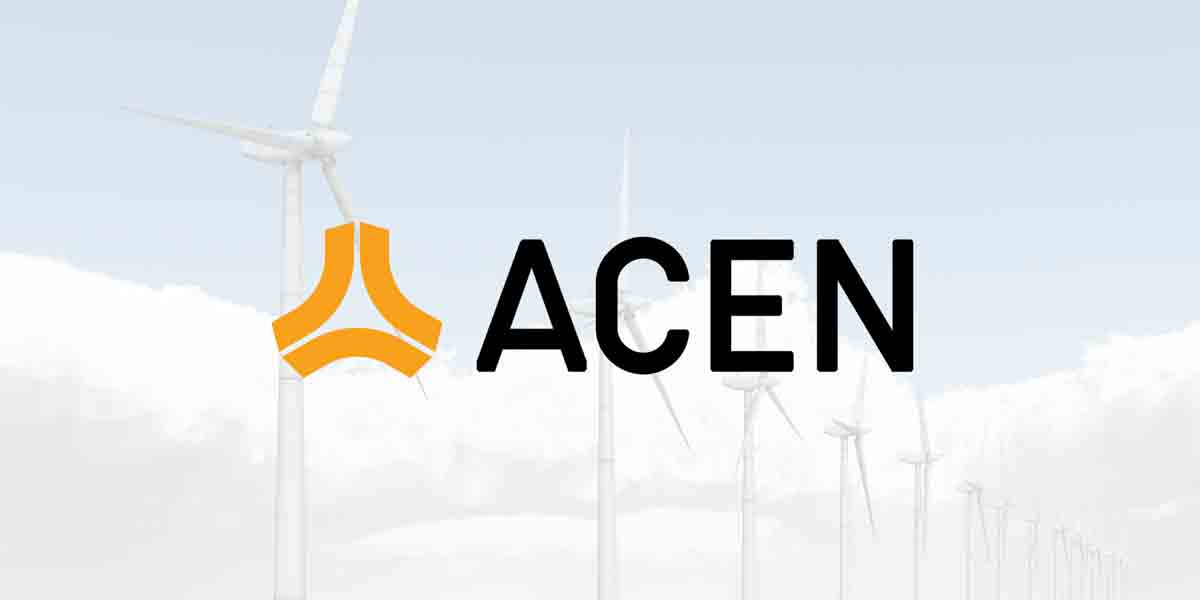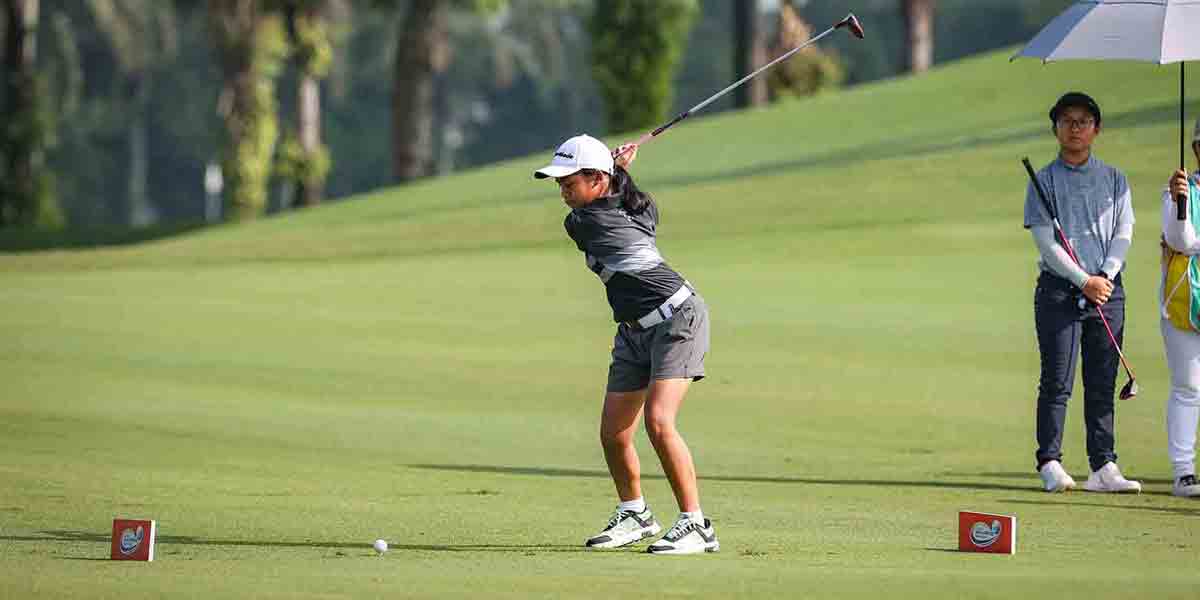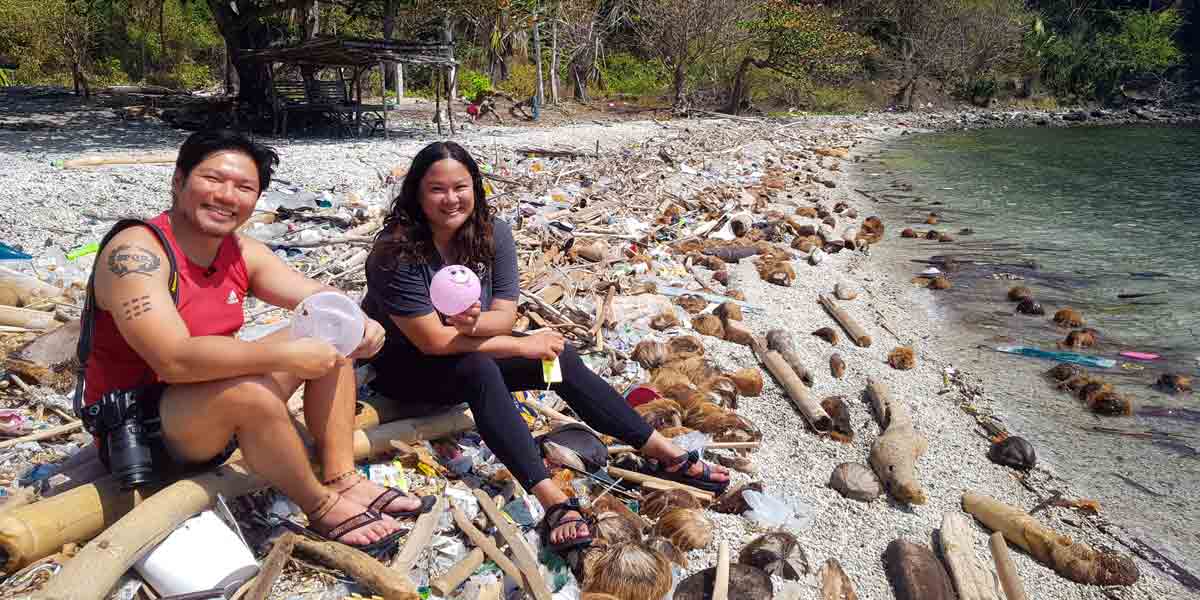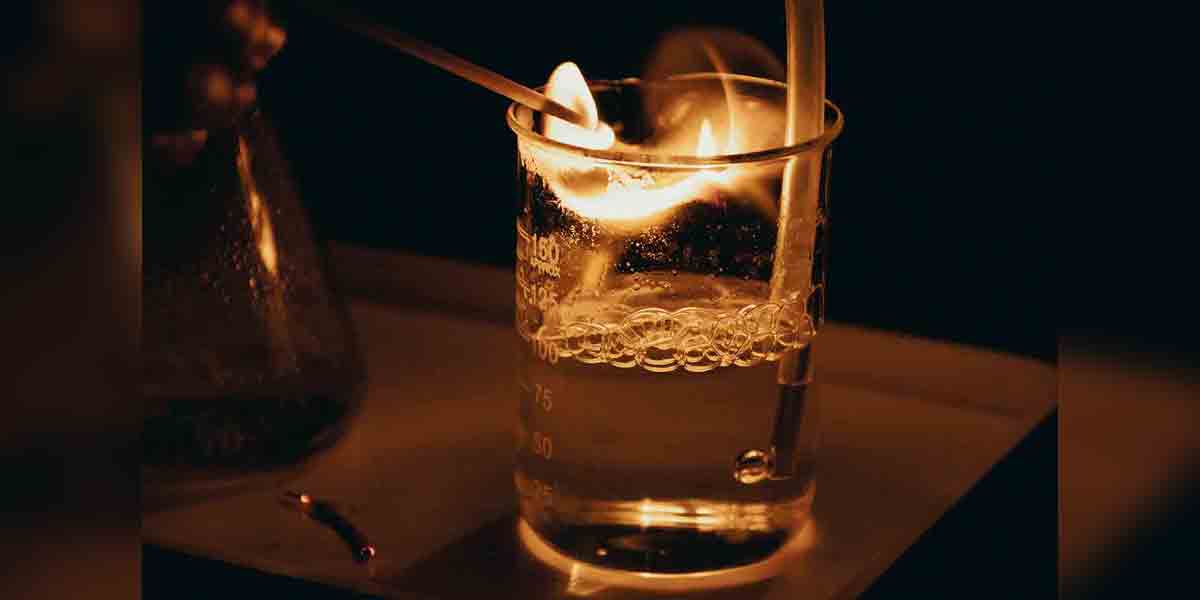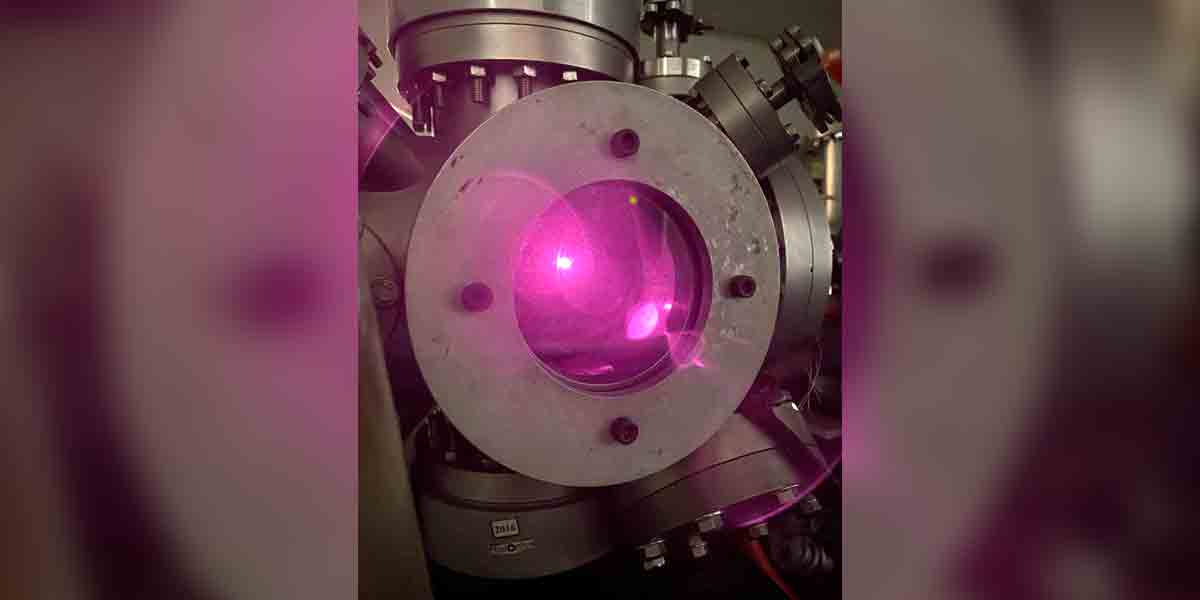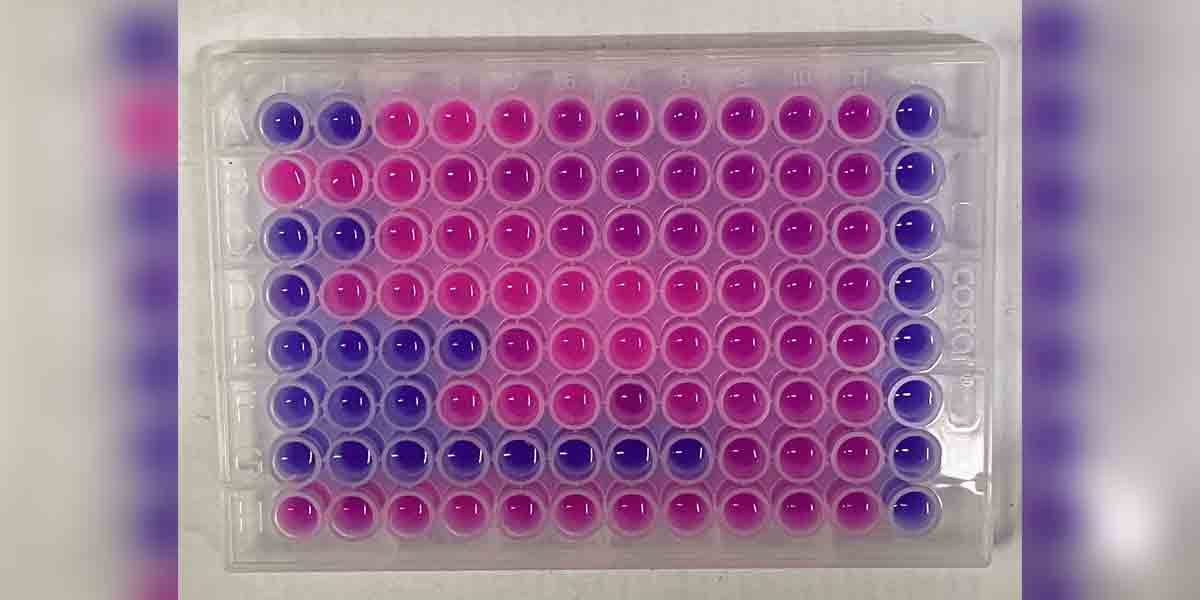BACOLOD City The fishery industry of Negros Occidental is seen to get a boost through the partnership of the academe and the business sector with the United States Agency for International Development (USAID).
Frank Carbon, chief executive officer of Metro Bacolod Chamber of Commerce and Industry (MBCCI), said Monday the possible collaboration will cover the seas in the southern part of the province facing Hinoba-an, Sipalay City, and Cauayan, which are abundant in high-value fish products, such as tuna.
Blue swimming crabs are also found in the Visayan Sea, particularly the areas from Talisay City to Escalante City in Negros Occidental, he added.
Carbon said they expect to complete all the discussions this January and sign the contracts in February.
The project may take off in March. This is going to have a huge impact on the province economy-wise, poverty reduction, and in ensuring sustainability of marine resources for future generations, the local business leader said.
Carbon said USAID has tapped the Silliman University in Dumaguete City and the University of the Philippines-Visayas in Iloilo City for a program to develop the Visayan Sea and southern Negros seas, respectively.
We will convince them that the collaboration, particularly for the Visayan Sea, should focus on the Negros blue swimming crabs as this is a billion-peso industry, he added.
Citing the data of the Bureau of Fisheries and Aquatic Resources, the MBCCI noted that the blue crab industry in Negros amounted to PHP8 billion in 2016.
As the fourth largest export industry in the Philippines, 30 percent of the blue crab production comes from the Visayan Sea, particularly the northern part of Negros, it added.
Carbon said Silliman University, which is in charge of the development of the land side, specifically in Negros Occidental, has tapped their group for collaboration.
The MBCCI understands more the market side, like how the products will be processed, marketed, and how to look for capital. Thus, this is where the business sector will come in, he added.
Carbon said USAIDs concern is the sea side, or the water side.
They want to improve, rehabilitate, preserve and protect biodiversity mainly through research initiatives with the academe, he added.
After improving the catch, there should be value-adding process, like cooking, picking and canning, Carbon said. The whole idea of this collaboration is improving the catch, adding value to the catch so that we will create more jobs.
The ultimate outcome of the collaboration is poverty reduction, especially among the shoreline barangays and communities where 60 percent of the population is located, he added. (PNA)



